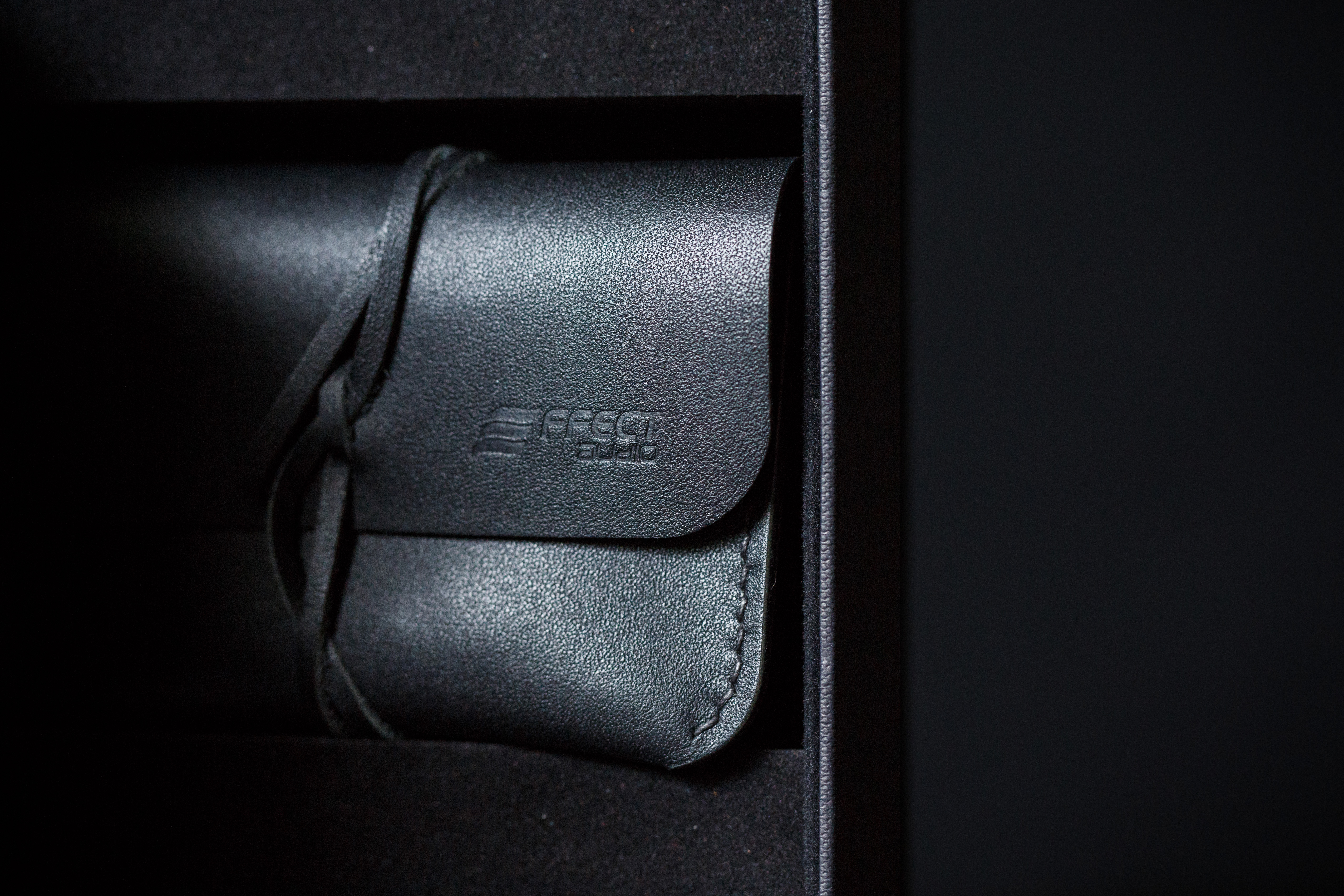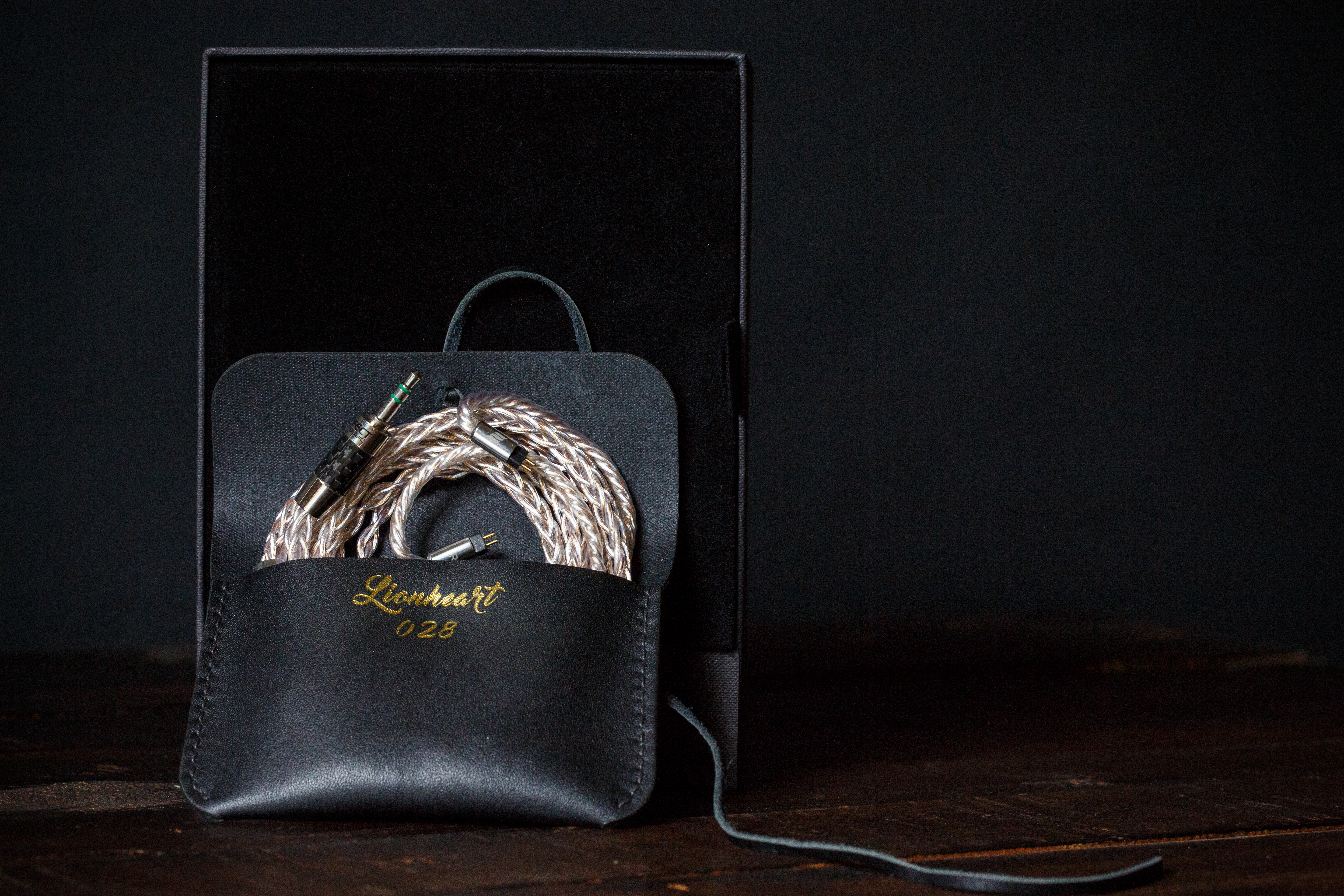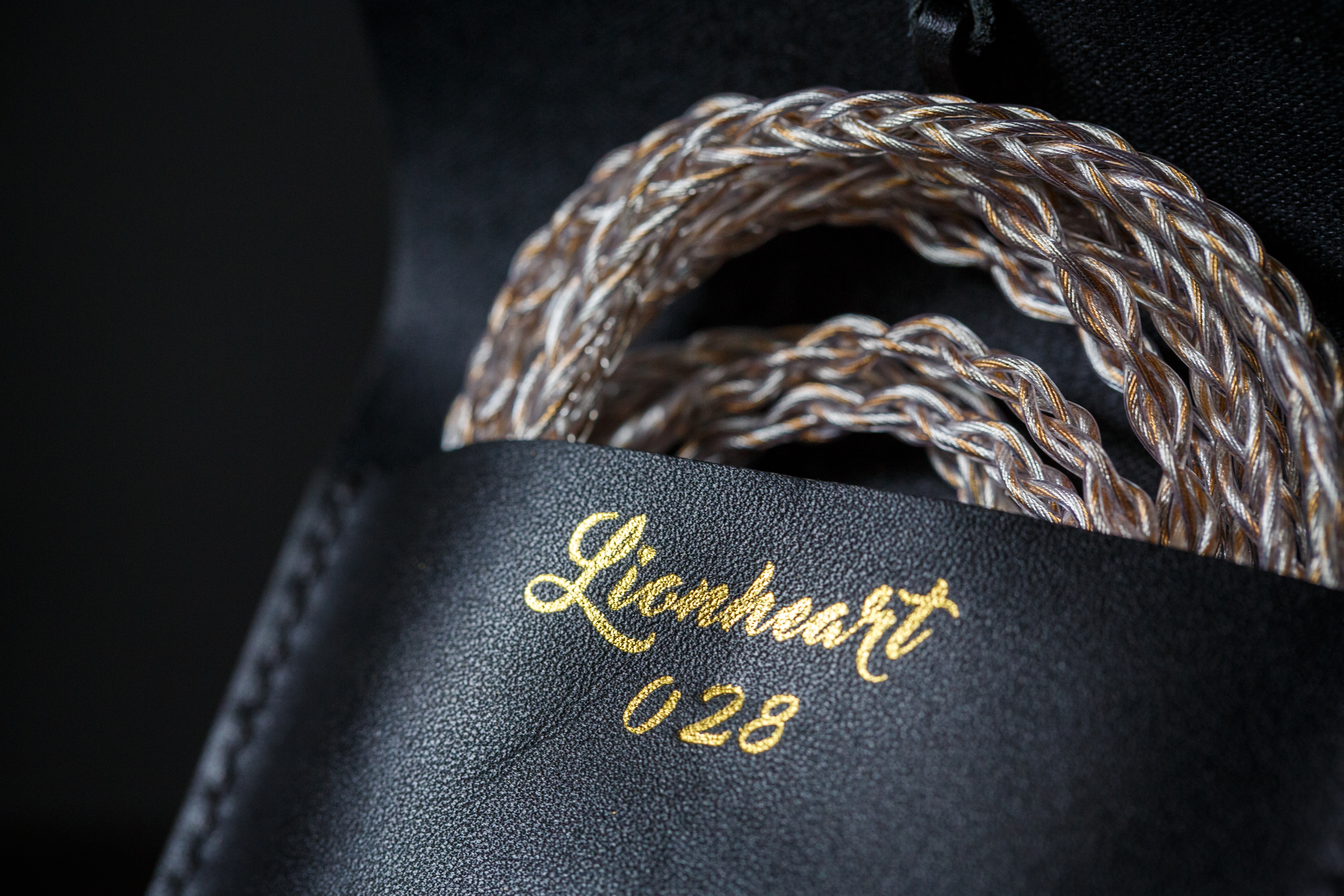Select Comparisons
Effect Audio 4-wire Lionheart (S$799)
Like I said at the very start, the 8-wire Lionheart is much unlike its 4-wire variant, for good or ill. Superior treble extension and lower-midrange attenuation have taken away the 4-wire’s warmth and charisma, making way for the 8-wire’s transparency and ease. Although it maintains its predecessor’s harmonic characteristics – especially in note weight, body and decay – discrepancies in stage presentation and imaging ultimately make the 8-wire Lionheart a decidedly different product. It’s a cable generously infused with openness, energy and air; the likes of which the 4-wire version never could – or, for that matter, wanted to – achieve.
The default Lionheart was built for ultimate musicality. Almost like a shot of alcohol, it injected playfulness into any IEM it was attached to. It was my go-to cable for IEMs like the Zeus-XR, liquifying clinically-separated stages into euphonic and cohesive soundscapes; instruments were singular and coalesced at the same time. It was a spellbinding trait I considered highly unique, and I honestly miss it in the 8-wire variant. Although the latter is the technically superior product, that little bit of magic will always have a special place in my heart.
 In return, however, the 8-wire Lionheart presents the listener with an excellently voluminous stage. Where the original Lionheart was intimate, the 8-wire variant is grand. But, both exude equally-engaging presentations. The 8-wire Lionheart makes up for its lack of proximity with superior definition; constructing notes that feel solid, weighted and present inside the stage. A blacker background also gives the cable enhanced resolution and transparency. Headroom is also improved on the 8-wire variant, allowing it to more accurately portray dynamic range and energy.
In return, however, the 8-wire Lionheart presents the listener with an excellently voluminous stage. Where the original Lionheart was intimate, the 8-wire variant is grand. But, both exude equally-engaging presentations. The 8-wire Lionheart makes up for its lack of proximity with superior definition; constructing notes that feel solid, weighted and present inside the stage. A blacker background also gives the cable enhanced resolution and transparency. Headroom is also improved on the 8-wire variant, allowing it to more accurately portray dynamic range and energy.
But, with all that said, the 8-wire’s stage can have bouts of conflict. Notes sometimes sound too distant from each other, with the spaces between them akin to “holes” in the soundstage. This is because it lacks the default Lionheart’s effortless liquidity, which may or may not benefit the listening experience, depending on what kinds of music you listen to. Again, the 4-wire Lionheart presents instruments as a singular image, smearing together elements of the stage to form a cohesive whole. As a result, it suffers in terms of transparency, but it gives the standard cable a charming sense of assuredness and confidence that the 8-wire variant simply does not have. Whether your preference lies in musicality or precision will ultimately decide which version of the Lionheart is right for you.
PWAudio 2-wire 1960s (S$1399)
The 1960’s and the 8-wire Lionheart are cables that accomplish a similar purpose. Benefitting both note body and transparency, these cables add a natural precision through improved extension, superior instrumental definition and stage stability. But, despite their similarities in presentation and tone, both cables have their own inherent characteristics. Due to differences in texture and imaging, the 1960’s and the Lionheart pair optimally with different crowds of IEMs and benefit different genres of music too.
 Like the 8-wire Lionheart, the 1960’s is defined by a pitch-black background and hefty bodied notes. Although they similarly have thick, un-accentuated top-ends, they achieve weight in the midrange through different approaches. The Lionheart does so through harmonic richness; notes decay slowly, filling the air with overtones that add to the fundamental. The 1960’s – on the other hand – has an accentuated lower-midrange, giving notes a more robust chestiness whilst maintaining optimal decay. As a result, the 1960’s has the edge in stage cleanliness and transparency, while the Lionheart has the slight advantage in physicality and dynamic punch.
Like the 8-wire Lionheart, the 1960’s is defined by a pitch-black background and hefty bodied notes. Although they similarly have thick, un-accentuated top-ends, they achieve weight in the midrange through different approaches. The Lionheart does so through harmonic richness; notes decay slowly, filling the air with overtones that add to the fundamental. The 1960’s – on the other hand – has an accentuated lower-midrange, giving notes a more robust chestiness whilst maintaining optimal decay. As a result, the 1960’s has the edge in stage cleanliness and transparency, while the Lionheart has the slight advantage in physicality and dynamic punch.
Where the 8-wire Lionheart has the clear leg-up over the 1960s is – unsurprisingly – stage expansion and headroom. The PWAudio flagship is equipped with an impressively organised stage, but the Lionheart has an effortless quality to its soundscape; allowing notes the room to breathe and decay. This contributes, again, to the 8-wire Lionheart’s instrumental solidity and ease. Layering is on par between the two – due to the 1960’s’ excellent transparency – but the Lionheart has the deeper stage. Though, the 1960’s’ more intimate presentation will sound more immediate and engaging, which some may prefer over the Lionheart’s more laid-back approach.
Verdict
The Effect Audio 8-wire Lionheart is a cable that invites inquisition. As a standalone product, it’s an excellent performer – especially in resolution, stage expansion and life-liked-ness – even if doesn’t pose the greatest of values. But with that said, if you’re an owner of the 4-wire variant looking to upgrade, you must really know what you’re getting into. At the price of a whole other cable, you will receive improvements in resolution, separation, air and stage expansion. But, on the other hand, you will lose much of what makes the default version so unique; intimacy, liquidity and warmth. To me, cables are all about flavour; although I can absolutely appreciate boosts in technical performance, I’m far more interested in the potential that exists within different combinations. The 8-wire Lionheart is still a stellar performer – albeit its many cautions – and I don’t doubt that it will find its fair share of admirers. But, I will be honest when I say that it lacks that little bit of magic to truly be considered an exceptional product.





7 Responses
OK~ Thank you.
Hi Each,
Unfortunately, I haven’t demo’ed the VE8 with any other cables yet. You should ask Nic who actually owns the VE8.
Cheers,
Daniel
Hi Daniel,
Thank you for your prompt reply. Could you rate your top 3 fav cables for VE8.
Cheers,
Each
Hi Each,
I tried this particular pairing in Singapore and I didn’t enjoy it to be completely honest. The 8-wire Lionheart’s inherent neutrality and sense of space counteract the VE8’s thick and engaging notes. Its technical prowess is undeniable, but it comes at the cost of what makes the VE8 so addictive. Though, I expect something like the 4-wire Lionheart to perform much better with the VE8.
Cheers,
Daniel
Great review!! How about the VE8 with the Lionheart 8W?
Cheers.
Thanks Albert! You can go to Effect Audio’s website and select the Bespoke option. Alternatively, you can contact them directly via e-mail or Facebook. Cheers!
Great review! How do you actually buy one of these?